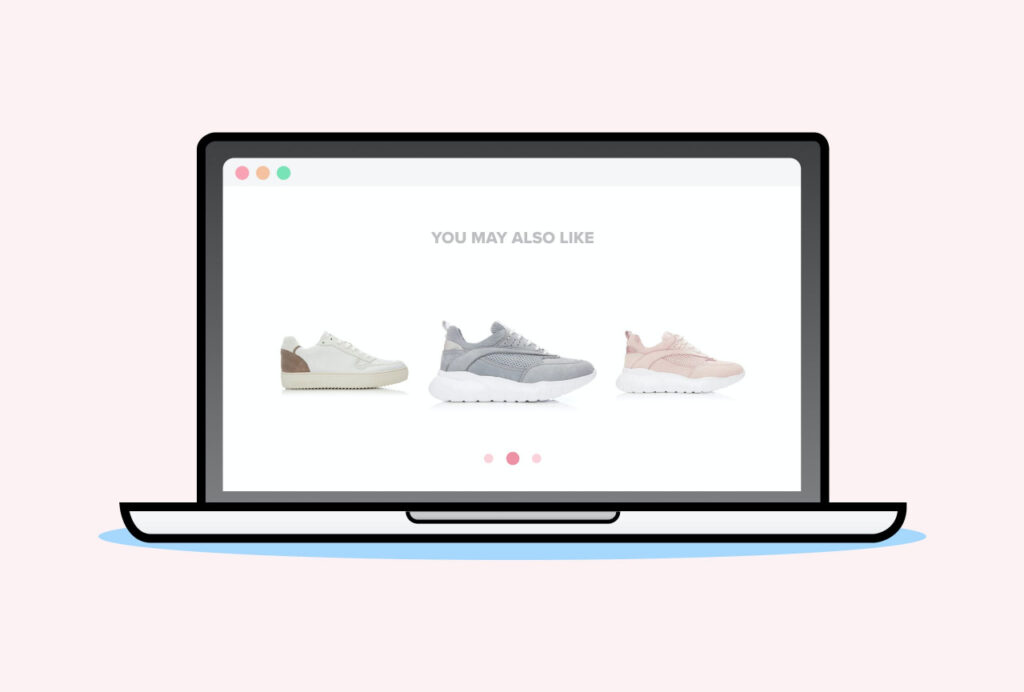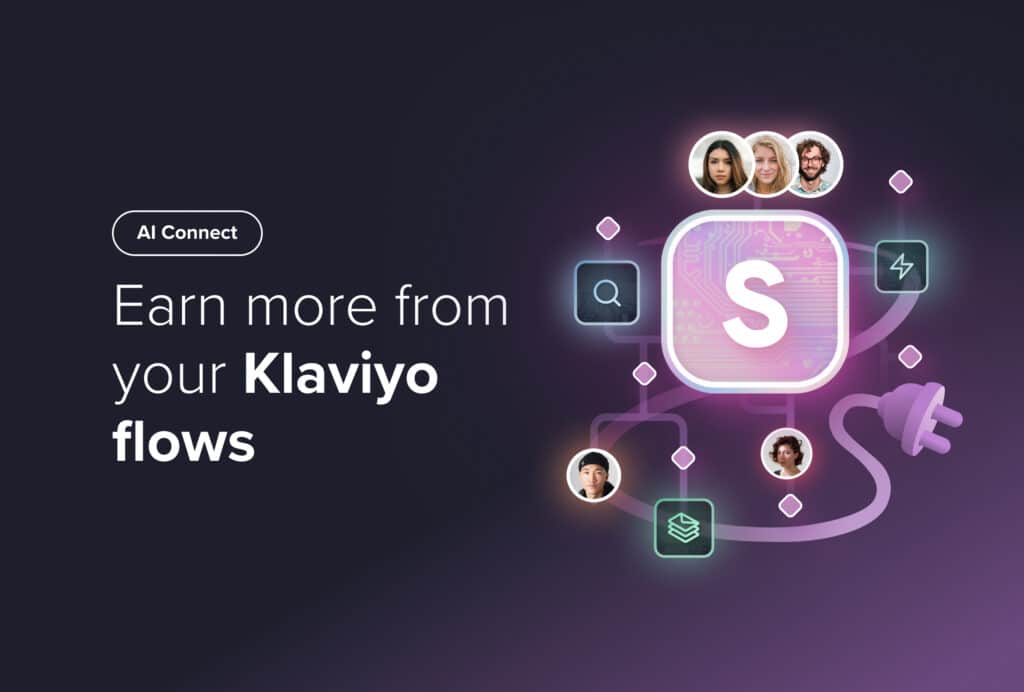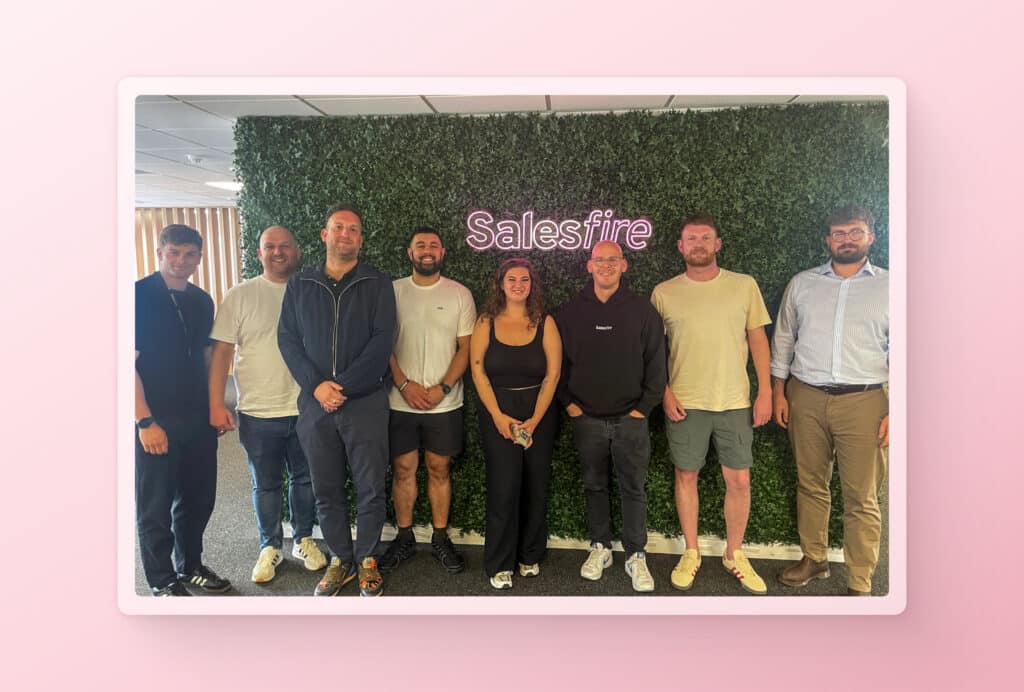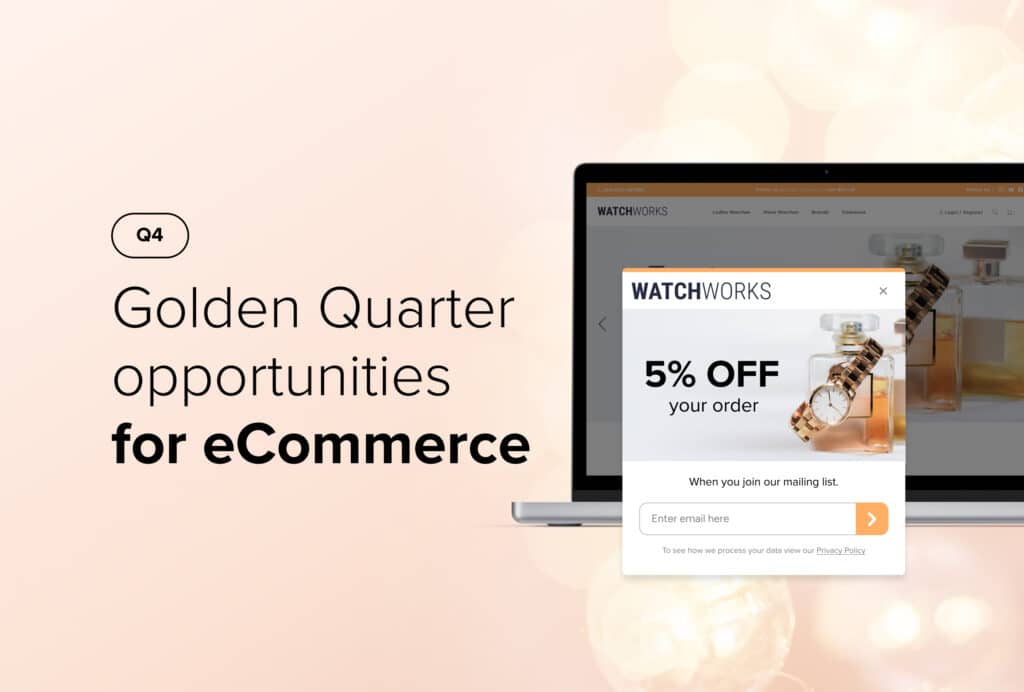Product Discovery for the Impulsive Shopper
By Chester Ollivier • Last updated: Thursday Apr 25th, 2024

Product discovery is a major part of any eCommerce customer journey.
Users shop in different ways.
Some have one particular item in mind and go straight for that and that alone.
Others are impulse shoppers, who may have planned to purchase just one item but see another item and spontaneously add it to their basket.
These impulsive shoppers are important customers, accounting for almost 40% of all the money spent on eCommerce.
So how can eCommerce sites capitalise on this and attract impulse shoppers?
Online visual merchandising
Physical stores have the advantage of visual merchandising.
They can literally place items in the shoppers’ path through a store, such as window displays, in-store promotional displays, or even placing chocolate and chewing gum near the tills to facilitate product discovery and inspire impulse purchases.
Just because you’re online doesn’t stop you from capitalising on this.
On the contrary, eCommerce stores can replicate this experience in a number of ways.
All of your channels offer an opportunity to get your products in front of customers.
By being strategic with your online product positioning, you can influence impulse purchases and quickly connect shoppers with items they didn’t even realise they needed.
Let’s take a look at some of the ways you can replicate visual merchandising online.
Recreating in-store displays online
In-store retailers gather complimentary items into one display to make it easier for shoppers to grab and go.
For instance, if you are selling a winter coat, you might place hats, gloves and scarves near it to encourage the customer to purchase those similar items as well.
This has been proven to be incredibly effective in influencing impulse buying and can be recreated online easier than you think with strategically placed product recommendations.
A notable example of this is Amazon, who, at the bottom of every page on the checkout, states that “Customers also bought” and lists three or four related items that other customers have browsed.
Placing products you think customers will like directly in their online path makes it easier for them to build bigger baskets of products they didn’t realise they needed – boosting your AOV.
Encouraging last-minute purchases
We’ve already touched on the ‘checkout line of doom’ where you’re made to queue in lines surrounded by tempting last-minute purchases.
An eCommerce checkout page is not different.
If a customer has gone to check out their basket, then they are virtually fully committed to their order, so don’t miss the opportunity to encourage them to add some last-minute extras.
By replicating products stocked in the checkout queue in a physical store, you’re increasing product exposure and encouraging impulse purchases.
Offsite product discovery
You don’t need to wait for a customer to visit your site to get your products in front of them.
Recommending the right items at the right time is important for product discovery – this can be done via email marketing, ads and social media where you can display bestsellers, limited editions or new releases.
If you put your products where your ideal customers are, you shorten the discovery journey and make it as easy as possible for your potential customers to find you and make an order.
You can further encourage these impulse buys by promoting incentives such as discounts codes and sales in your ads and social posts.
Promoting reduced items is an easy way to attract impulse shoppers – anything with a reduced price automatically attracts customers – and especially if an animation is used, such as a countdown timer.
This is not only because visual images are processed 60,000 times faster than text, but also because a clock naturally creates a sense of urgency.

Delivering rapid, accurate search results
When impulse shoppers get a product they want to buy in their head, you don’t want anything on your site to slow down their journey.
Impulse shoppers need to find their perfect purchase as quickly as possible, or they will lose interest and move on to another site.
An on-site search that prioritises speed and accuracy will keep impulse shoppers engaged by shortening the journey from discovery to purchase.
Similarly, displaying visually similar items on product pages can increase the number of impulse purchases by showing products that they may not have considered, but now want to buy.
Afterthoughts
Impulse shoppers help to increase your AOV and are a perfect opportunity to secure quick conversions.
By using software such as Visually Similar Search or Product Recommendations, you can encourage impulse buys and turn even the most determined consumer into an impulse shopper.
See how Salesfire can help you optimise your product discovery experience, email one of our experts at [email protected] or book a free demo of our personalisation tools.



